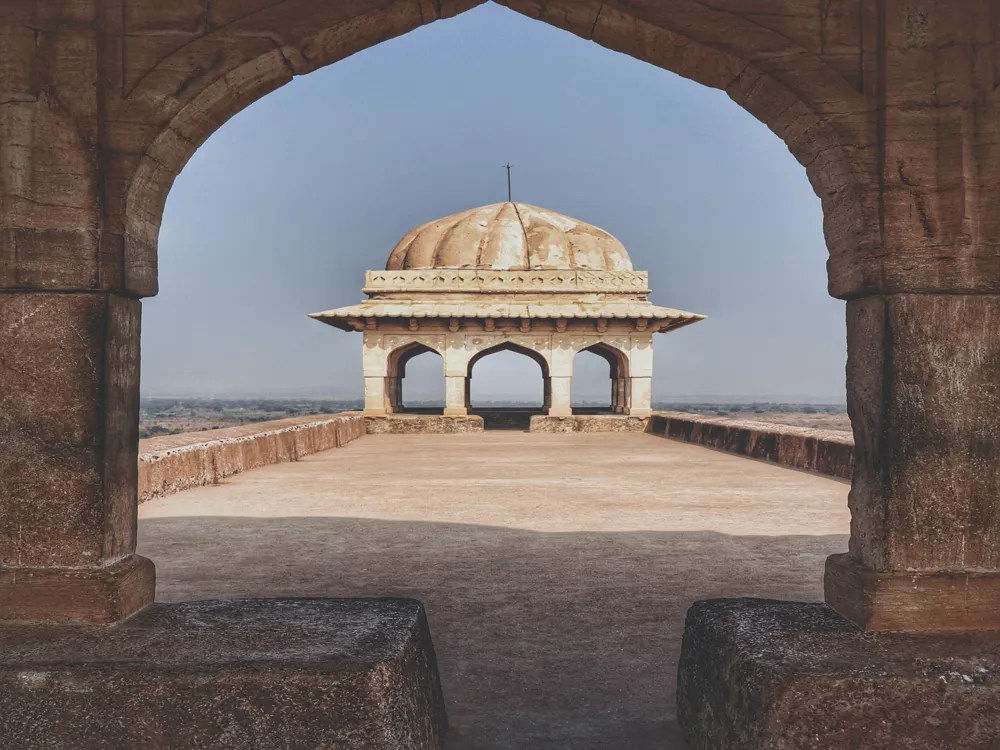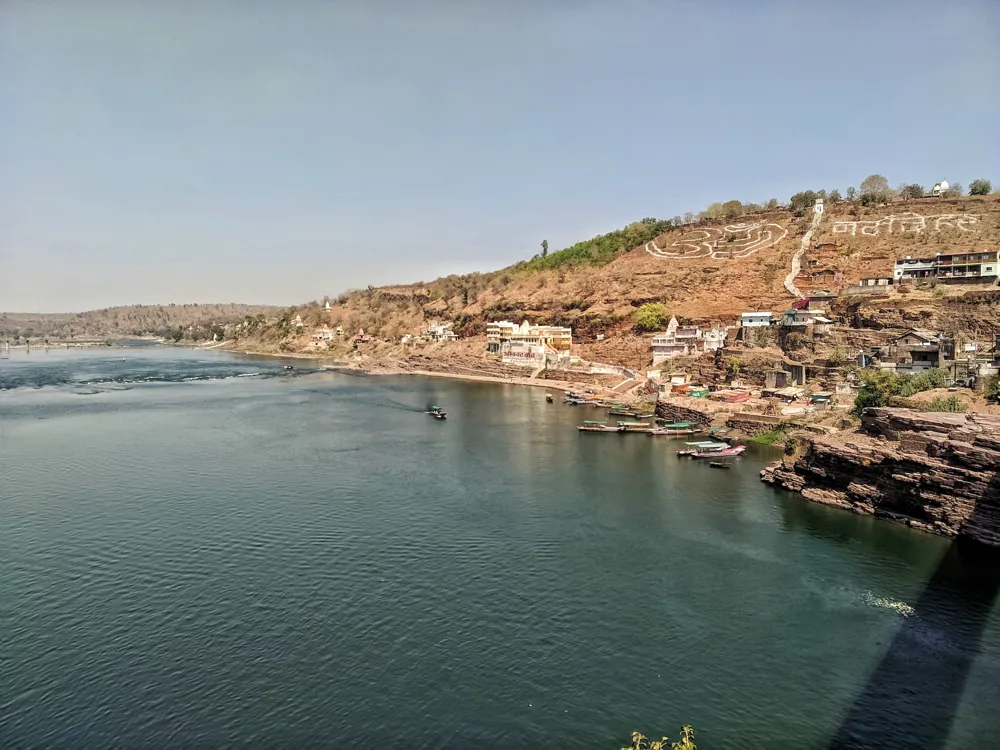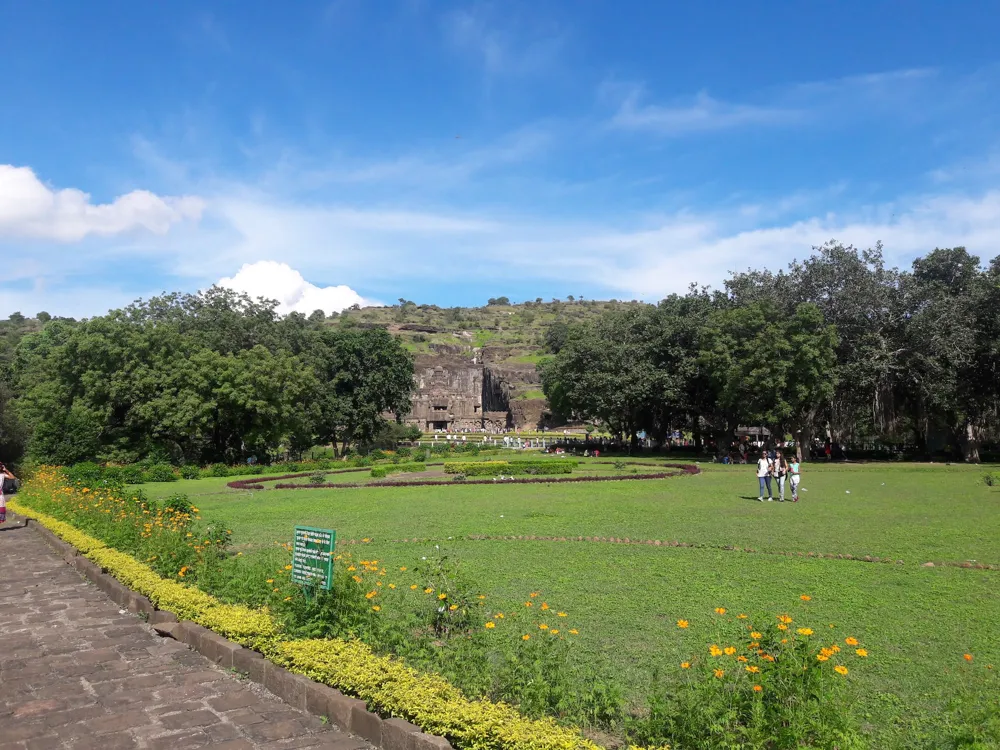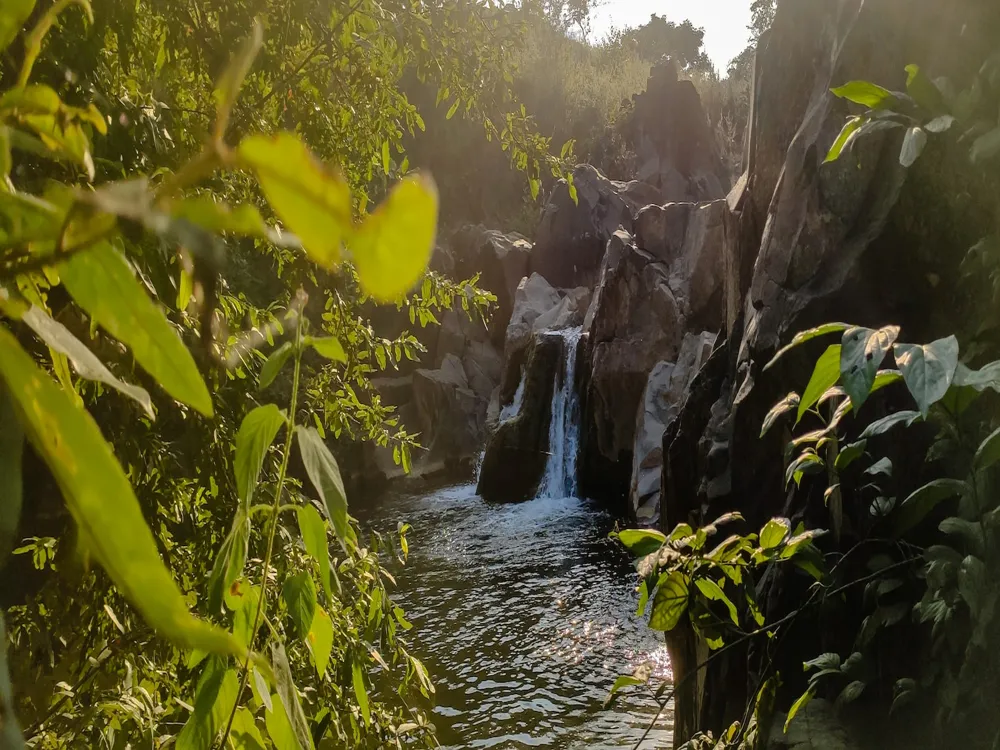Hoshang's Tomb, an architectural gem nestled in the historic city of Mandu in Madhya Pradesh, India, stands as a testament to the rich cultural and architectural heritage of the region. This magnificent mausoleum, often acclaimed as India's first marble edifice, is more than just a resting place for Hoshang Shah, the first ruler of Malwa. Its significance extends far beyond its immediate geographical confines, having inspired the design of the world-renowned Taj Mahal. The tomb's construction dates back to the early 15th century, a period marked by architectural innovation and the fusion of different artistic styles. The structure's grandeur lies in its simplicity and the harmonious blend of Hindu and Islamic architectural elements. Its dome, a prominent feature, showcases the influence of Persian architecture, while the intricately carved lattice screens echo traditional Indian craftsmanship. The tomb's layout, a square plan with projecting porticos, is emblematic of the architectural ethos of the time. Surrounded by lush gardens, Hoshang's Tomb is not only a historical monument but also a serene oasis, inviting visitors to step back in time and immerse themselves in its tranquil ambiance. Hoshang's Tomb's architecture is a fascinating amalgamation of various cultural influences, predominantly Islamic and Hindu. The structure is predominantly built of white marble, a rarity in the architectural landscape of the time, which later influenced the construction of the Taj Mahal. The tomb's exterior is adorned with intricate marble lattice work, a hallmark of Islamic architecture. These jalis, or screens, allow light to filter through, creating a play of light and shadow that adds to the tomb's ethereal beauty. The interior of the tomb is equally captivating. The central chamber, housing the sarcophagus of Hoshang Shah, is an exemplar of symmetry and balance. The walls are embellished with delicate carvings and inlaid with precious stones, reflecting the opulence of the era. The dome, an impressive feature of the structure, is supported by well-proportioned arches and columns, showcasing the skill and precision of the craftsmen of the time. The fusion of different architectural styles is evident in the blend of Islamic calligraphy and Hindu motifs, a testament to the inclusive spirit of the period's rulers. The ideal time to visit Hoshang's Tomb is between October and March when the weather in Mandu is pleasant, making it conducive for exploring the monument and its surroundings. Avoid visiting during the summer months, as the heat can be intense. Visitors are encouraged to maintain the sanctity of the tomb by dressing modestly and refraining from loud conversations. Photography is allowed, but it's important to be respectful and not disturb other visitors. Opting for a guided tour can enhance your understanding of the tomb's history and architectural significance. Local guides are available at the site and can provide insights into the monument's past and the stories associated with it. Hoshang's Tomb in Mandu is accessible via various modes of transportation. The nearest airport is in Indore, about 100 kilometers from Mandu. Regular buses and taxis ply between Indore and Mandu, making it convenient for visitors to reach the monument. For those preferring to drive, the roads to Mandu are well-maintained and offer a scenic journey through the heart of Madhya Pradesh. Alternatively, visitors can also reach Mandu via train. The nearest railway station is in Ratlam, around 124 kilometers away. From Ratlam, one can hire a taxi or take a bus to Mandu. The journey by road offers a glimpse into the rural landscape of Madhya Pradesh, making the trip to Hoshang's Tomb not just a historical exploration but also a cultural experience. Read moreOverview of Hoshang's Tomb in Mandu, Madhya Pradesh
Architecture of Hoshang's Tomb
Tips for Visiting Hoshang's Tomb
Best Time to Visit
Respecting the Monument
Guided Tours
How To Reach Hoshang's Tomb
Mandu Tourism
Best Time to Visit Mandu
How to Reach Mandu
Things To Do Mandu
Hoshang's Tomb
Mandu
Madhya Pradesh
NaN onwards
View mandu Packages
Mandu Travel Packages
View All Packages For Mandu
Top Hotel Collections for Mandu

Private Pool

Luxury Hotels

5-Star Hotels

Pet Friendly
Top Hotels Near Mandu
Other Top Ranking Places In Mandu
View All Places To Visit In mandu
View mandu Packages
Mandu Travel Packages
View All Packages For Mandu
Top Hotel Collections for Mandu

Private Pool

Luxury Hotels

5-Star Hotels

Pet Friendly
















